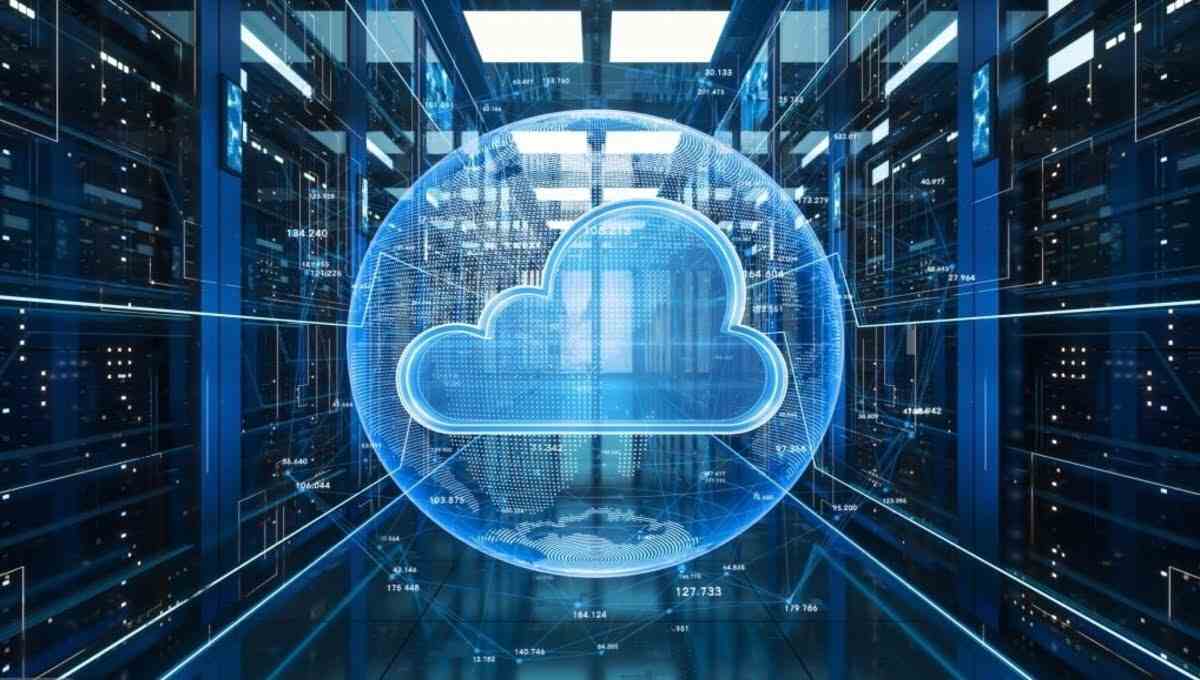FUNDAMENTAL
How Cloud Computing Works

Cloud computing is a buzzword you’ve probably heard a lot about in recent years, but do you really know what it means? Imagine having access to all your favorite apps, documents, and data from any device, anywhere in the world. That’s the power of cloud computing. It’s transforming how we store, access, and manage data, making our lives and businesses more efficient and flexible.
Basics of Cloud Computing
Definition and Key Concepts
Cloud computing is a technology that allows you to access and store data and applications over the internet instead of on your computer’s hard drive. It’s like having a super-powered, invisible hard drive that you can access anytime, anywhere.
Types of Cloud Computing
- Public Cloud: Services offered over the public internet, accessible to anyone who wants to purchase them.
- Private Cloud: Services maintained on a private network, typically used by a single organization.
- Hybrid Cloud: A combination of public and private clouds, allowing data and applications to be shared between them.
Cloud Service Models
- IaaS (Infrastructure as a Service): Provides virtualized computing resources over the internet.
- PaaS (Platform as a Service): Offers hardware and software tools over the internet, mainly for app development.
- SaaS (Software as a Service): Delivers software applications over the internet, on a subscription basis.
How Cloud Computing Works
Cloud computing has an easy-to-use interface. Organizations can rent access to everything, including storage and apps, from a cloud computing service provider in place of purchasing data centers or IT infrastructure.
To better understand how the cloud computing system works, it is prudent to divide it into parts: The front end and the back end. These two sections are connected to one another through a network, which is basically the internet. The front end is the side of the client or computer user, while the back end is the “cloud” part of the system.
The program required to access the cloud system is located on the front end, together with the client’s computer network. It’s important to remember that not every cloud system has to have the same user interface. The cloud is made up of numerous computers, servers, and data storage devices on the backside of the system. Every computer application, from data processing to video games, can be a part of a cloud computing system. Every cloud computing program often has a dedicated server of its own.
How Is Cloud Computing Managed?
You know exactly how cloud computing functions and what advantages it offers now that you’ve read the explanation in the section above, right? Now, you might be wondering about the management of the technology that goes into cloud computing.
Technology used in cloud computing is controlled by a single server. This server’s primary function is to control client demands and traffic in order to ensure that all apps and other services function properly. It follows a set of protocols by means of specialized software referred to as middleware. This enables simple communication between computers connected to a network.
How Does Cloud Storage Work?
It would be impossible to discuss cloud computing without mentioning cloud storage. The way cloud storage functions is by making it simple for users to view and download data from a variety of devices—such as computers, tablets, and smartphones—over the internet. The ability to modify files concurrently with multiple users via cloud storage further enhances the effectiveness of cloud computing for remote workers.
Prices for cloud computing differ based on the needs of the organization. Cloud storage services are typically free for individual users, although additional storage may incur a price. Monthly and annual prices are available for certain price models, based on the service you have subscribed to.
ALSO READ (MapReduce in Cloud Computing)
FAQs
- What is the difference between cloud computing and traditional computing?
Cloud computing relies on internet-based servers to store and manage data, while traditional computing uses local servers or personal devices.
- How does cloud computing impact businesses?
Cloud computing provides businesses with flexible, scalable, and cost-effective solutions for data storage and management, enhancing efficiency and innovation.
- What are the security risks associated with cloud computing?
Security risks include data breaches, hacking, and unauthorized access. Implementing robust security measures is crucial to mitigate these risks.
- Can cloud computing be used for personal projects?
Yes, cloud computing is great for personal projects, offering storage, application hosting, and collaboration tools.
- What is the future of cloud computing?
The future of cloud computing includes advancements in edge computing, AI, and machine learning, leading to more innovative and efficient solutions.

 FUNDAMENTAL2 weeks ago
FUNDAMENTAL2 weeks agoHow Cloud Computing Improving Customer Service Processes

 FUNDAMENTAL6 months ago
FUNDAMENTAL6 months agoWhat is cloud computing? A Comprehensive Guide

 FUNDAMENTAL3 months ago
FUNDAMENTAL3 months agoHow can Cloud Technology Help Small Businesses ?

 CLOUD COMPUTING3 weeks ago
CLOUD COMPUTING3 weeks agoWhat Is VlAN and VSAN In Cloud Computing?

 FUNDAMENTAL6 months ago
FUNDAMENTAL6 months agoEvolution of Cloud Computing : A Well-Explained

 FUNDAMENTAL3 weeks ago
FUNDAMENTAL3 weeks agoIaaS PaaS and SaaS in cloud computing

 FUNDAMENTAL3 weeks ago
FUNDAMENTAL3 weeks agoWhich is a fundamental attribute of cloud computing?

 CLOUD COMPUTING3 weeks ago
CLOUD COMPUTING3 weeks agocloud bursting in cloud computing










